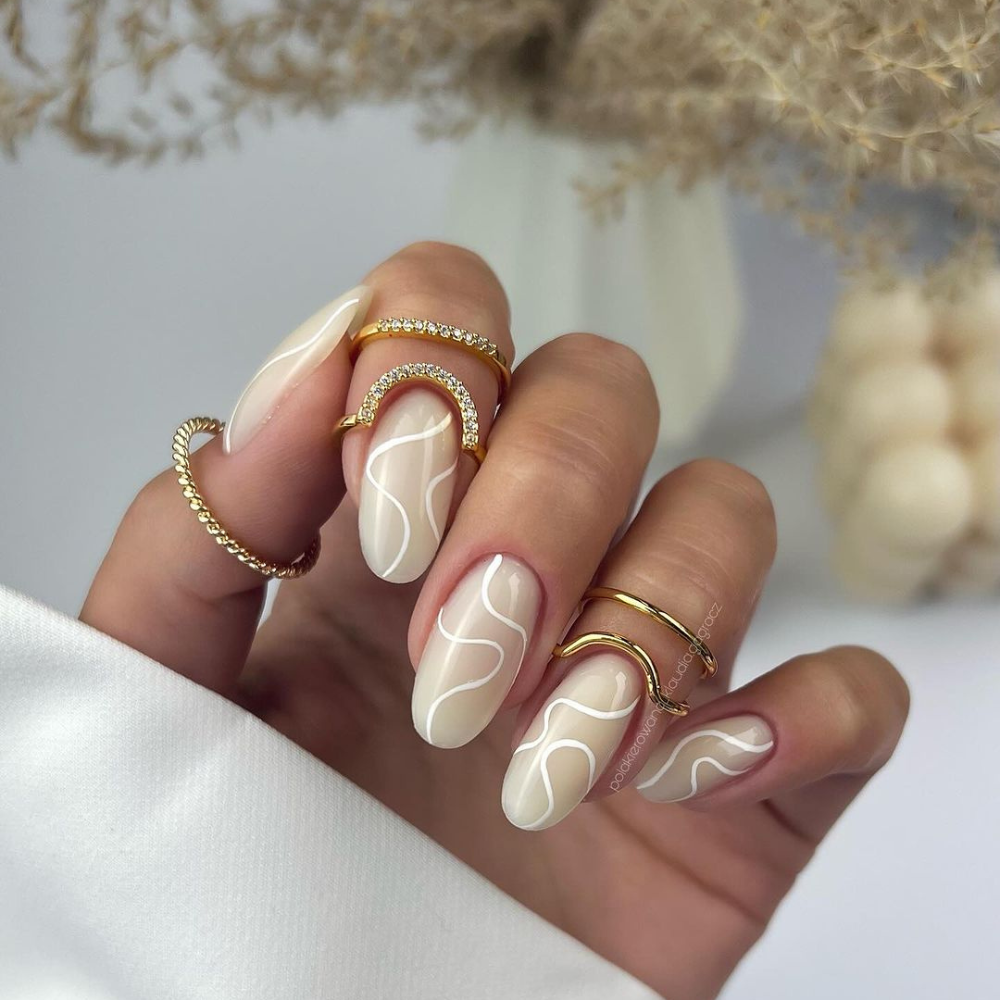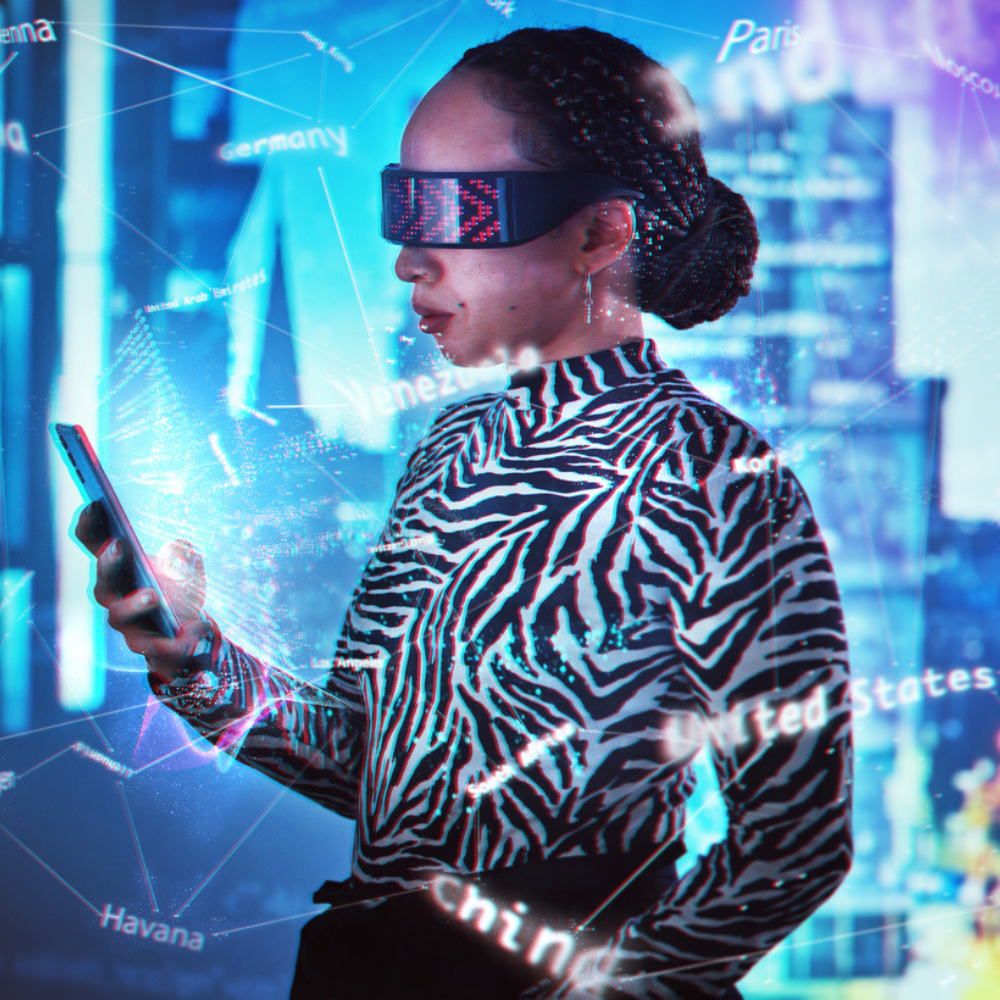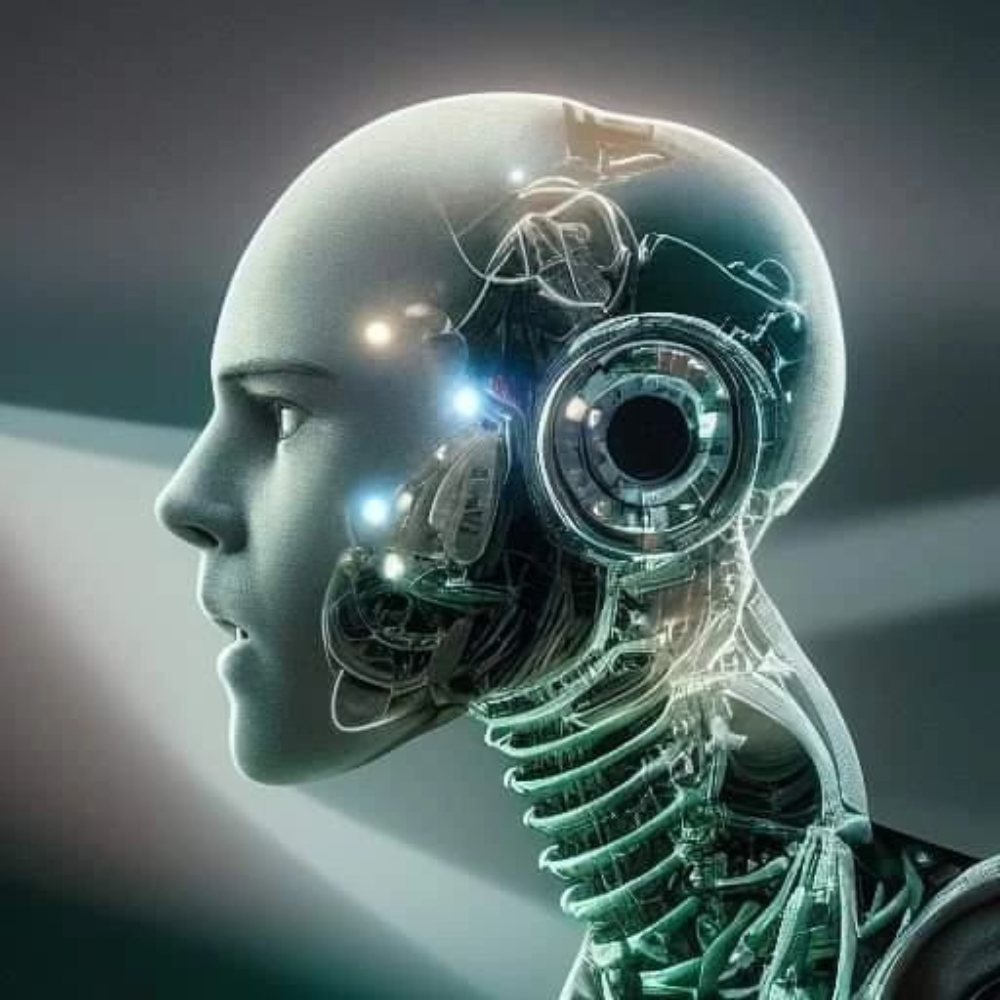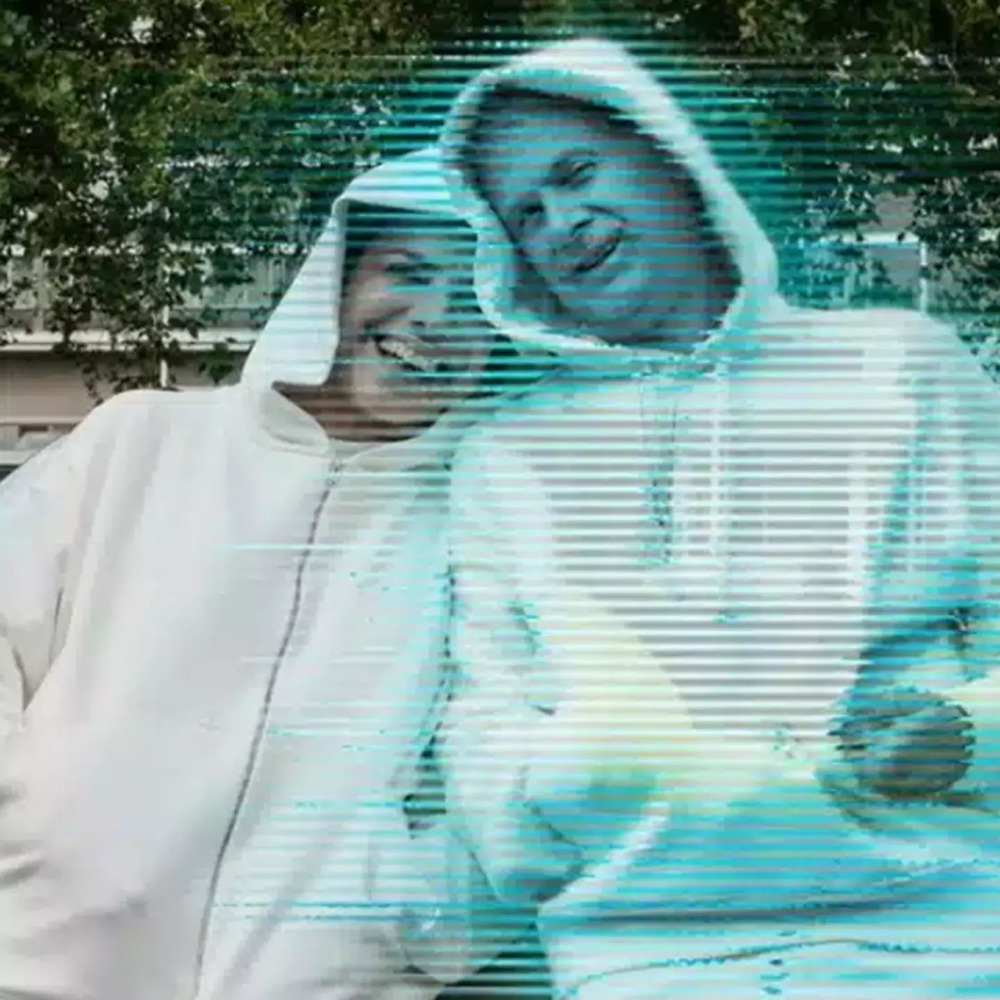
A fashion and pop culture writer who watches a lot…
Alicia Framis, a Spanish performance artist, sent shockwaves through the world when she announced her intention to marry an AI-generated hologram named AILex. This isn’t a publicity stunt; Framis’s act is part of her ongoing project, “Hybrid Couple,” which explores the boundaries of love, intimacy, and identity in a future increasingly intertwined with Artificial Intelligence (AI).
Framis’s performance art piece has ignited a global conversation about the evolving nature of relationships. While the legality of marrying an AI is murky at best (AILex, after all, isn’t a recognized legal entity), the underlying questions Framis raises are pressing. As AI continues to develop at a rapid pace, will it redefine how we connect with one another?
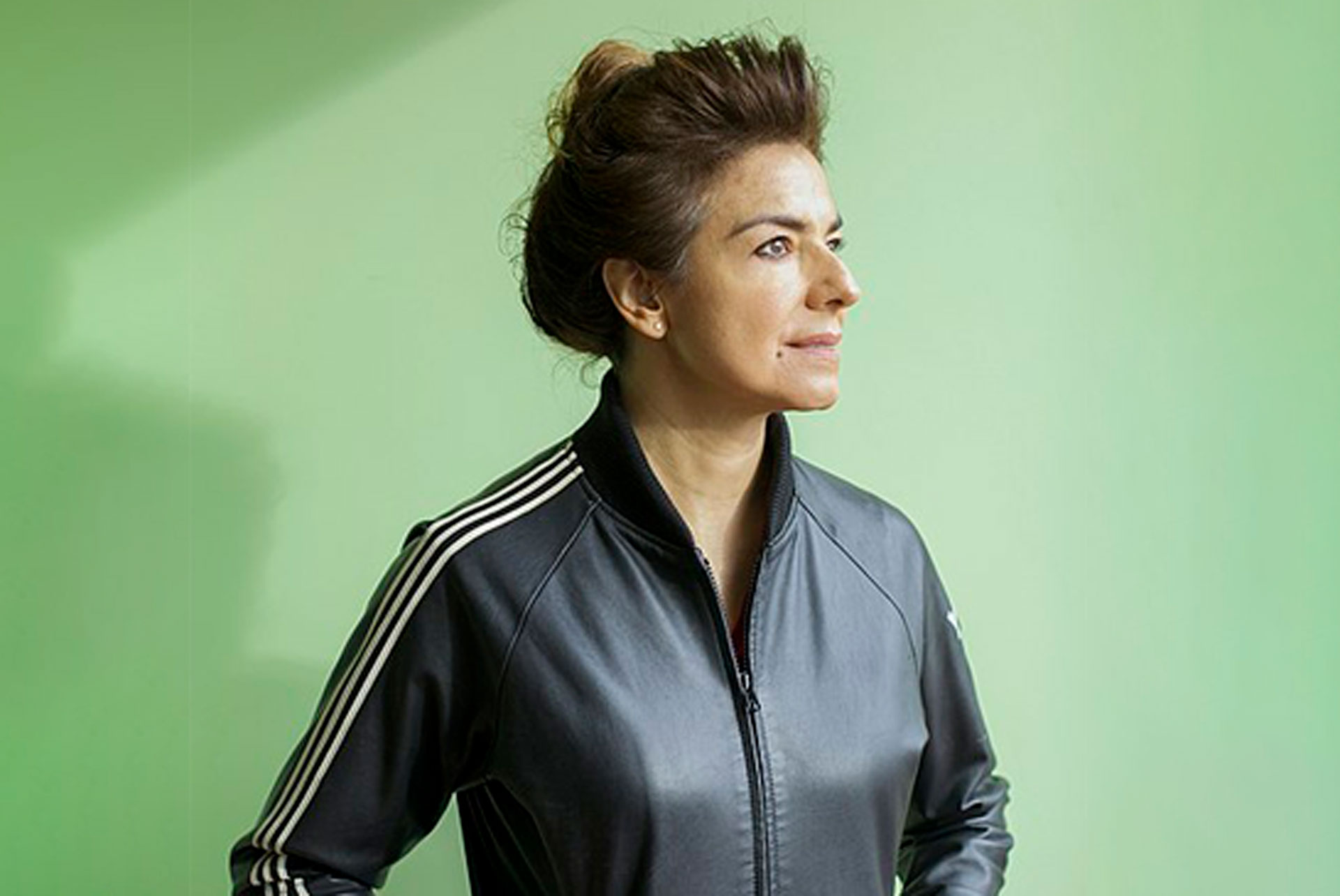
AI is already having a profound impact on our lives. From virtual assistants like Siri and Alexa to the algorithms that curate our social media feeds and recommend products online, technology is subtly shaping how we interact with the world and each other.
Some experts believe AI could lead to a future where humans form deep, meaningful relationships with AI companions. These companions could be designed to be empathetic listeners, ever-supportive partners, and tireless caregivers. In a world grappling with loneliness and isolation, AI-powered companionship may offer much-needed solace and connection.
However, others warn of the potential downsides of relying on AI for emotional fulfillment. Critics argue that real human connection requires a level of empathy and understanding that current AI technology simply can’t replicate. Furthermore, dependence on AI companions could lead to social isolation and a decline in real-world relationships.
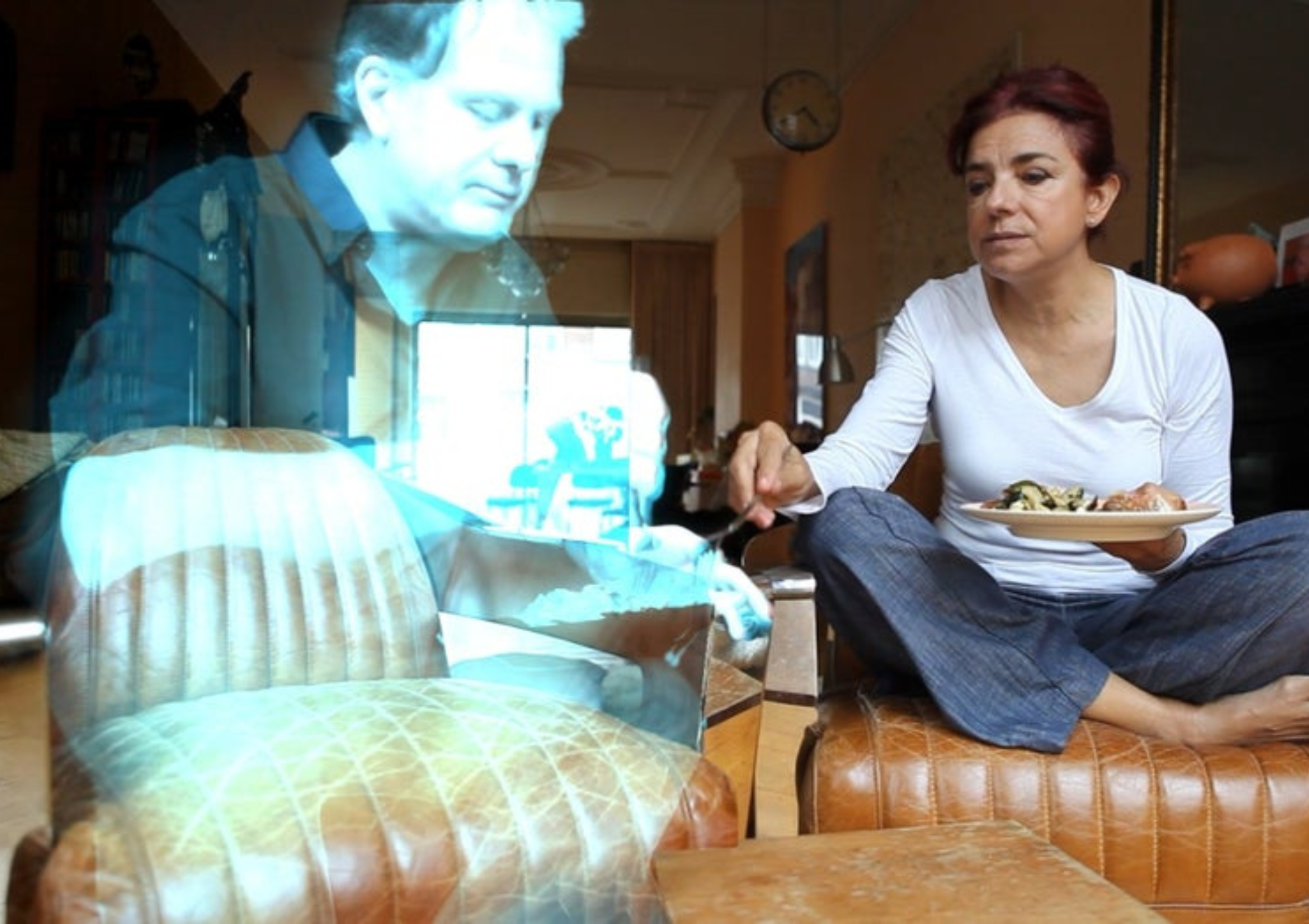
Framis’s “Hybrid Couple” project doesn’t offer easy answers. Instead, it challenges us to confront these complex questions about the future of love and intimacy. AILex, the AI hologram, is not designed to be a human replacement. He is a carefully crafted artistic construct meant to spark dialogue about the evolving landscape of human connection.
Framis acknowledges the limitations of AI relationships. In interviews, she has spoken about the importance of physical touch and the emotional depth that comes from shared experiences in the real world. However, she also believes that AI could play a role in supplementing human relationships, offering companionship and support in ways that might not always be readily available from another person.
The legal implications of AI relationships are still being untangled. Currently, no country recognizes marriage between a human and an AI hologram. However, as AI technology advances, these legal frameworks may need to be revisited.
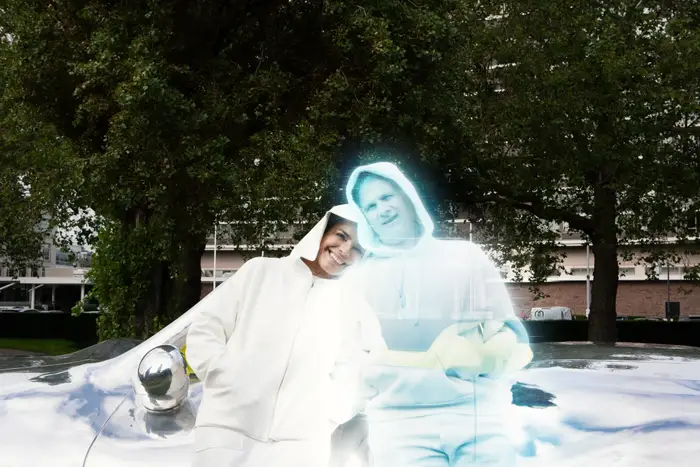
Beyond the legalities, there are significant ethical considerations. Who would be responsible for the actions of an AI companion? Could AI companions be manipulated or exploited? These are crucial questions that need to be addressed before technology becomes a mainstream part of our romantic lives.
Alicia Framis’s “Hybrid Couple” project didn’t result in a legally recognized marriage. However, it did succeed in sparking a much-needed conversation about the future of love and intimacy in the age of AI.
As AI continues to evolve, we will need to grapple with its impact on our relationships. Will it become a source of companionship or a barrier to real human connection? The answer likely lies somewhere in between. Ultimately, the future of love may involve a complex interplay between human emotions and the power of artificial intelligence.
While Framis’s performance art piece doesn’t offer a definitive answer, it does give us a starting point for a crucial conversation.
Featured image: UNILAD Tech
For the latest in fashion, lifestyle, and culture, follow us on Instagram @StyleRave_
—Read Also
A fashion and pop culture writer who watches a lot of TV in his spare time. At Style Rave, we aim to inspire our readers by providing engaging content to not just entertain but to inform and empower you as you ASPIRE to become more stylish, live smarter and be healthier. Follow us on Instagram @StyleRave_ ♥


